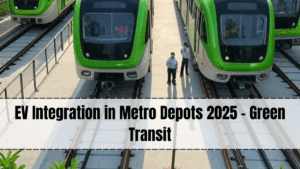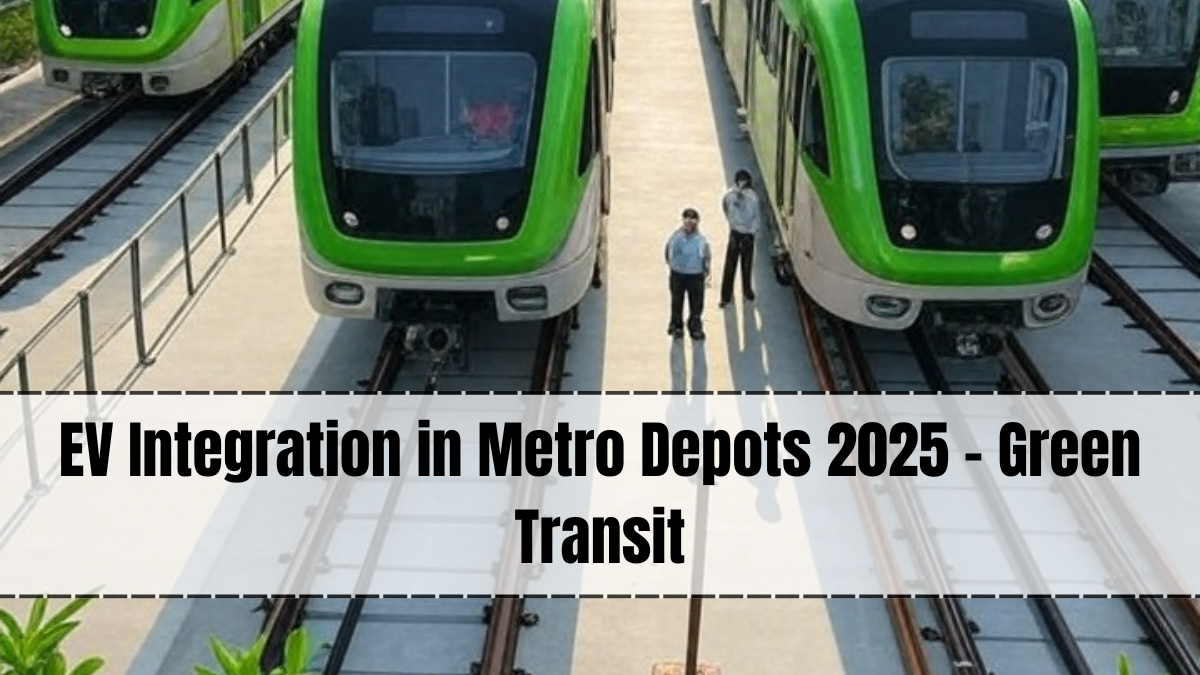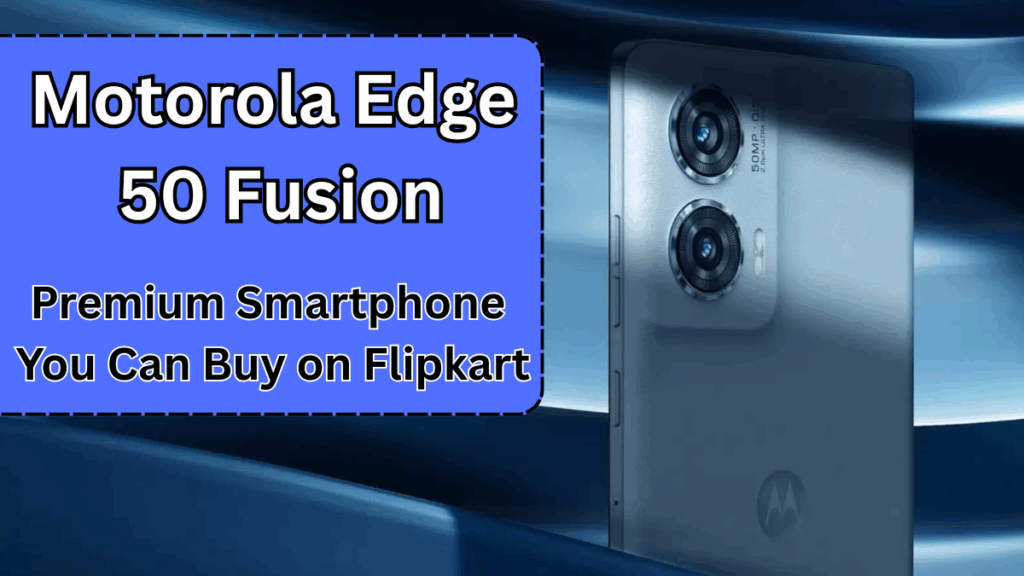The shift toward sustainable mobility is accelerating, and one of the most promising developments is the EV integration happening within metro depots across India. The EV Integration in Metro Depots 2025 initiative focuses on turning these large transport hubs into multi-functional spaces that not only house trains but also serve as key points for public transport electrification.
With the rise in electric buses, e-rickshaws, and personal electric vehicles, metro depots are being redesigned to support EV charging infrastructure. This integration ensures that green transportation systems can operate seamlessly, reducing dependence on fossil fuels and lowering urban carbon footprints.

Table of Contents
Why EV Integration in Metro Depots is Important

Metro systems are already central to eco-friendly public transport. By adding EV charging hubs in metro depots, cities can:
-
Support the growing number of electric buses and feeder services.
-
Provide charging facilities for personal electric vehicles near major transit hubs.
-
Optimize land use by combining train maintenance and EV charging infrastructure in one location.
-
Reduce overall emissions from city commuting.
This approach aligns with India’s broader green mobility goals.
Key Cities Leading EV Integration in 2025
Several metro networks have already started implementing EV integration in their depots:
-
Delhi Metro – Converting existing depots into hybrid hubs with solar-powered EV charging stations.
-
Mumbai Metro – Setting up high-capacity charging points for feeder electric buses.
-
Bengaluru Metro – Integrating fast chargers for public use along with bus charging bays.
-
Hyderabad Metro – Partnering with private EV infrastructure companies to install ultra-fast chargers.
These examples showcase how metro depots are transforming into vital energy nodes for public transport.
Features of EV-Enabled Metro Depots
Modern EV charging facilities at metro depots in 2025 come with:
-
Fast Charging Points – Capable of charging a bus in under 2 hours.
-
Solar-Powered Stations – Reducing dependency on grid electricity.
-
Automated Load Management – Ensuring smooth power distribution without outages.
-
Digital Payment Systems – UPI, cards, and app-based payment for charging.
Such features make EV integration both convenient and sustainable.
Impact on Public Transport Electrification
By placing EV charging hubs at metro depots, cities are creating a connected transport ecosystem:
-
Feeder Bus Networks – Electric buses can recharge between trips without returning to distant charging yards.
-
First-Mile and Last-Mile Connectivity – E-rickshaws and shared EVs can operate more efficiently.
-
Commuter Access – Passengers using metros can also charge their personal EVs.
This model ensures that public transport systems remain reliable and eco-friendly.
Government Support for EV Integration in Metro Depots
The 2025 expansion of EV integration in metro depots is backed by several government initiatives:
-
FAME-II Scheme – Financial incentives for installing EV chargers at public transport hubs.
-
Green Urban Mobility Programs – Encouraging sustainable public transport through infrastructure upgrades.
-
Public-Private Partnerships (PPP) – Allowing private companies to invest in and operate charging networks.
These measures aim to speed up India’s transition to an electric mobility ecosystem.
Future Plans Beyond 2025
While 2025 is a significant year for EV integration in metro depots, the roadmap extends much further:
-
Expansion to Tier-2 and Tier-3 city metro systems.
-
AI-driven smart charging systems for load optimization.
-
Battery swapping stations for two- and three-wheelers.
-
Integration with renewable energy storage solutions.
Such developments will make EV charging infrastructure more accessible and efficient.
Challenges in EV Integration
Despite its potential, the EV integration process faces challenges:
-
High Initial Costs – Setting up large-scale EV charging hubs requires heavy investment.
-
Grid Capacity Issues – Sudden spikes in charging demand can strain electricity supply.
-
Land and Space Limitations – Some metro depots have limited room for expansion.
Addressing these hurdles will be essential to ensure long-term success.
Final Thoughts
The EV Integration in Metro Depots 2025 project is a forward-thinking step toward sustainable public transport. By combining metro operations with advanced EV charging infrastructure, cities are not only improving transport efficiency but also making a significant contribution to environmental preservation.
With proper planning, public-private collaboration, and technological innovation, metro depots could become the backbone of India’s green mobility revolution.
FAQs
What types of EVs can charge at metro depots in 2025?
Metro depots with EV charging hubs cater to electric buses, e-rickshaws, cars, and two-wheelers.
Are these charging facilities open to the public?
Yes, many metro depots allow public access, although priority may be given to public transport vehicles.
How are these charging hubs powered?
Several depots use solar energy alongside grid power for sustainable EV integration.
Will EV charging at metro depots be free?
Most facilities will charge a fee, though subsidized rates may be offered for public transport operators.
Which city has the largest EV-integrated metro depot in 2025?
Delhi currently leads with multiple depots equipped for large-scale EV charging.
Click here to know more.






